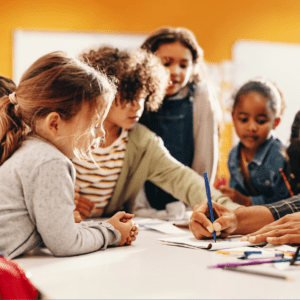Experiential learning methods such as role-play and simulations can significantly enhance the learning process. These interactive techniques allow students to immerse themselves in practical, real-world scenarios, thereby deepening their understanding and retention of key concepts. This article discusses how educators can effectively incorporate these methods into their teaching.
The Power of Experiential Learning
Experiential learning revolves around the idea of learning by doing. Role-plays and simulations are two experiential techniques that enable students to:
- Engage Actively: These methods encourage active participation, which can boost engagement and motivation.
- Practice Skills: Role-plays and simulations provide a practical platform for students to apply theoretical knowledge and develop essential skills.
- Understand Different Perspectives: By stepping into different roles, students can gain empathy and a deeper understanding of diverse perspectives.
- Learn from Mistakes: In the safe environment of a simulation or role-play, students can make mistakes, learn from them, and refine their approach without real-world consequences.

Implementing Role-Play and Simulations in the Classroom
1. Choose Relevant Scenarios
Select or design scenarios that align with your learning objectives and are relevant to your students’ lives. The more relatable the scenario, the more engaged your students will be.
2. Provide Clear Instructions
Ensure that students understand the purpose of the activity, their roles, and the expected outcomes. Providing clear guidelines helps students focus on the learning objectives and participate effectively.
3. Facilitate the Process
As a teacher, your role is to facilitate the activity, guide discussions, and provide feedback. However, allow students to take the lead in the role-play or simulation to enhance their learning experience.
4. Debrief After the Activity
Reflection is a critical part of experiential learning. After the activity, facilitate a group discussion to help students reflect on their experiences, the outcomes, and what they have learned.
5. Provide Feedback
Provide constructive feedback on students’ performances, highlighting what they did well and areas for improvement. This feedback helps students understand how they can apply their learning in real-world contexts.
Conclusion
Experiential methods like role-play and simulations provide a hands-on approach to learning that can make lessons more engaging, interactive, and impactful. By incorporating these techniques, educators can help students bridge the gap between theory and practice, fostering a deeper understanding of the subject matter and nurturing critical skills that will serve students in the real world.





